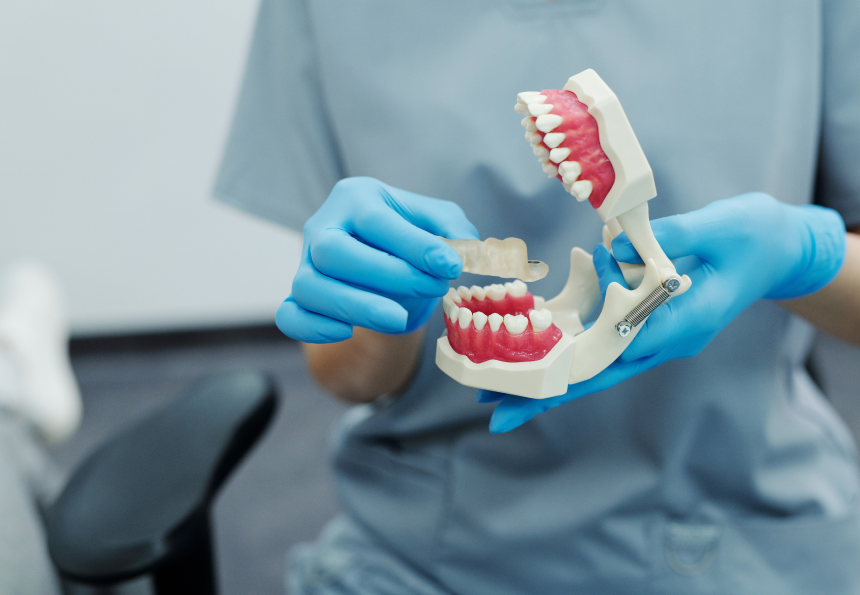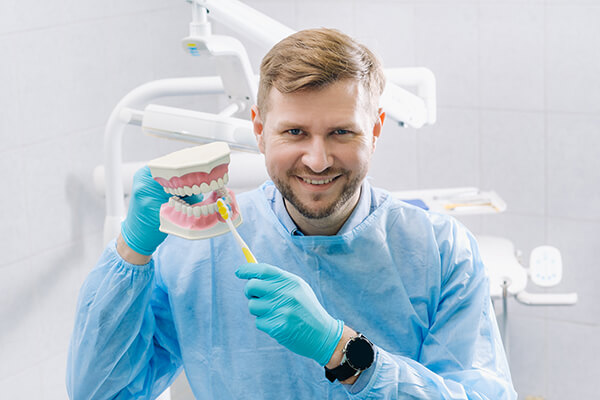Attain a Flawless Appearance with High-Quality Dental Veneers in Washington DC
Attain a Flawless Appearance with High-Quality Dental Veneers in Washington DC
Blog Article
Usual Questions Regarding Oral Veneers Answered
Dental veneers have actually ended up being an increasingly popular choice for those aiming to improve their smiles, yet lots of individuals stay uncertain concerning different elements of their use. Key questions commonly develop concerning the application process, long life, and possible threats connected with these aesthetic enhancements. The distinction in between porcelain and composite veneers can substantially affect one's option. As we discover these usual queries, it ends up being necessary to take into consideration not only the advantages but also the ramifications of opting for dental veneers in pursuit of a much more positive look. What factors should one evaluate before making such a decision?
What Are Oral Veneers?
Oral veneers are thin, personalized coverings crafted from porcelain or composite resin that are made to cover the front surface of teeth. These dental prosthetics serve both visual and functional purposes, supplying a service for various dental blemishes, consisting of discoloration, chips, gaps, and imbalance. By adhering to the teeth, veneers can dramatically boost the overall look of a smile, producing an extra appealing and consistent appearance.
Porcelain veneers are especially favored for their natural clarity and discolor resistance, making them an excellent choice for individuals looking for resilient outcomes. On the other hand, composite resin veneers are normally less costly and can be applied in a solitary check out, however they might not provide the same durability as porcelain alternatives.
The choice to opt for oral veneers usually stems from a desire for aesthetic enhancement, but people should additionally think about variables such as the long life of the product, maintenance requirements, and the possible requirement for tooth reduction (Dental Veneers). Eventually, oral veneers represent a flexible and effective remedy for accomplishing a glowing smile, accommodating specific aesthetic needs while advertising self-confidence and self-worth
Just How Are Veneers Applied?
The application procedure for veneers needs careful preparation and precision to make certain optimum results. The treatment typically begins with a comprehensive consultation, where the dentist reviews the patient's dental health and wellness, reviews preferred outcomes, and establishes the appropriate sort of veneers, whether porcelain or composite material.
As soon as the therapy strategy is developed, the dental practitioner prepares the teeth by getting rid of a slim layer of enamel, usually concerning 0.5 mm to 1 mm, to suit the veneer. This step is crucial as it ensures an appropriate fit and protects against the veneers from appearing bulky - Dental Veneers. After preparation, perceptions of the teeth are required to produce customized veneers that match the patient's unique oral framework and aesthetic choices
While the long-term veneers are being fabricated in an oral lab, short-term veneers may be put to secure the prepared teeth. Once the irreversible veneers are prepared, the dental practitioner will meticulously bond them to the teeth using a strong dental adhesive.
What Are the Conveniences?

Moreover, veneers are recognized for their resilience and resistance to discoloring compared to all-natural teeth. Made from high-quality materials such as porcelain or composite material, they can maintain their look for many years with proper care. This long life makes them a useful investment in one's dental appearance.
In addition to visual renovations, veneers can likewise add top article to improved oral health and wellness. By covering damaged or compromised teeth, they can supply added support and protection, helping to avoid additional decay or wear and tear. This safety aspect can lower the demand for extra extensive oral procedures in the future.

For How Long Do They Last?
With correct care and maintenance, oral veneers can last anywhere from 10 to 15 years, making them a lasting remedy for improving one's smile. The long life of veneers mainly depends upon the material used, the quality of the preliminary placement, and the client's adherence to dental hygiene practices.
Porcelain veneers are known for their resilience and resistance to staining, commonly lasting closer to the 15-year mark when cared for appropriately. Compound veneers, while much more budget-friendly, her latest blog may need replacement quicker, typically within 5 to ten years because of their vulnerability to put on and discoloration.

In addition, wearing a mouthguard throughout sporting activities or nighttime can supply added protection. Eventually, while veneers use a significant aesthetic enhancement, their long life is dramatically influenced by the dedication to proper dental care and regular assessments with an oral specialist.
Are There Any Type Of Risks?
Considering the transformative effects of oral veneers, it's essential to recognize the prospective dangers connected with their application. While veneers can improve the appearance of teeth, the procedure entails the elimination of a slim layer of enamel, which can boost tooth level of sensitivity and vulnerability to degeneration.
One considerable danger is the opportunity of incorrect positioning or fitting, bring about discomfort, bite imbalance, and even damages to the underlying tooth structure. Furthermore, if the veneers are not preserved correctly, they can end up being tarnished or damaged with time, necessitating substitute.
Individuals may also experience allergic responses to the products used in the veneers, particularly if they have level of sensitivities to certain oral composites. While veneers are resilient, they are not unbreakable; too much pressure from grinding or squeezing can lead to cracks.
It find more information is necessary for clients to seek advice from a certified oral specialist to review their specific dangers and to follow aftercare directions diligently. By recognizing these risks, individuals can make educated decisions regarding their dental veneer therapy and guarantee the long life and success of their improvements.
Verdict
In summary, oral veneers represent a useful cosmetic solution for boosting smiles, with factors to consider concerning their application, advantages, longevity, and associated risks. Inevitably, educated decision-making regarding oral veneers can lead to satisfying aesthetic outcomes and improved oral wellness.
Dental veneers are thin, custom-made shells crafted from porcelain or composite material that are designed to cover the front surface area of teeth. After prep work, impacts of the teeth are taken to produce customized veneers that match the client's one-of-a-kind dental structure and aesthetic choices.
While the long-term veneers are being made in a dental lab, temporary veneers might be placed to protect the prepared teeth. When the irreversible veneers are all set, the dentist will very carefully bond them to the teeth using a solid oral adhesive. Inevitably, educated decision-making pertaining to oral veneers can lead to satisfactory aesthetic outcomes and boosted dental wellness.
Report this page